Pebble Dash
King of Pebble,
I am consulting on a project where the architect is calling for a pebble dash stucco finish with 1" river rock and in other areas 2" river rock. The specs call for the installation of lath in accordance with C-1063, and the stucco in accordance with C-926. The execution section of the spec calls for 3.4 lbs lath with a 1/2" scratch coat followed by a 1-1/2" brown coat for a total thickness of 2". Then the finish coat with pebbles. The pebbles are not left exposed, they are coated with a slurry coat. Finally Dow allguard will be sprayed on.
My question is are special installation requirements necessary due to the thickness and weight of the stucco. What about additional lathing requirements or adding fibers to the mix? I know stucco but this type of finish is not common in my part of the country. Any advice would be appreciated.
Stop ! Stop ! This is absurd.
A stucco contractor from California sent me $ 200 in 2008 for my pebble dash recipe, and brief instructions.
Here are my 2 videos from my Youtube channel about pebble dash:
Our scratch coat on metal lath is barely enough to cover the lath. A second scratch coat is put on after 1 or 2 days and the rock mix dashed on after the second scratch has set firm, between about 15 minutes and 4 hours. The pebble mix embeds into the second scratch coat creating a durable permanent bond. The total thickness is 3/4". The pebbles we use are 1/2" pea gravel or 3/8" river jacks.
Here's what I wrote in 2008:
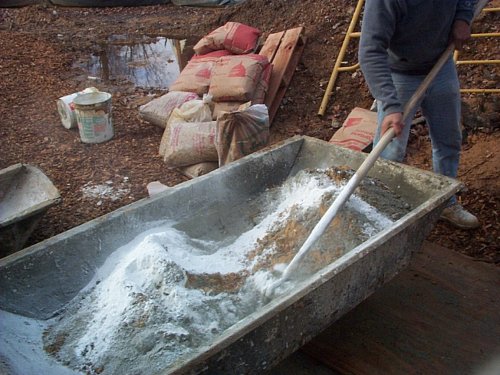
Box 1 is dry mixed 1 bag portland 1/4 bag lime 20 shovels sand
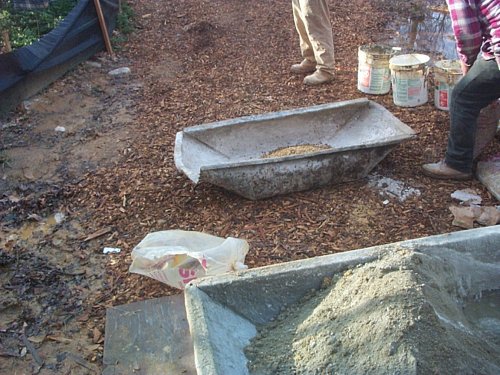
Box 2 should have been set up on blocks or milk crates- we didn't have any Box 2 is dry mixed 1 bag portland 1/4 bag lime 2 - 1/2 70 lb. bags pea gravel or 3 -1/2 50 pound bags If gravel not available in bags 3-1/2 5 gallon buckets Bags are a labor saver.
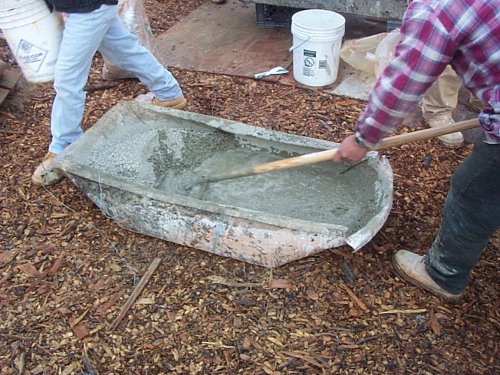
Water added to dry mix and chopped a little at a time.
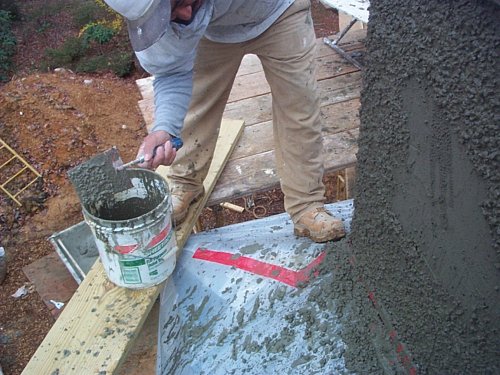
The first scratch coat on metal lath can't have holes. The first scratch coat on metal lath is wet down with a brush or a hose before the second scratch. Here a second scratch applied and allowed to set at least 15 minutes. Carlos throws the pebble mix in the second scratch. Note the backhanded technique- the top of the bucket trowel faces the wall. A cheap brick trowel cut off at the end works good.
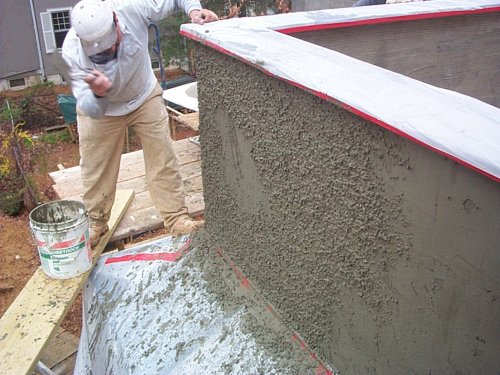
Carlos poses like he's throwing. Note how everything is covered real good like for spraying. The rock mix is constantly stirred with the trowel.
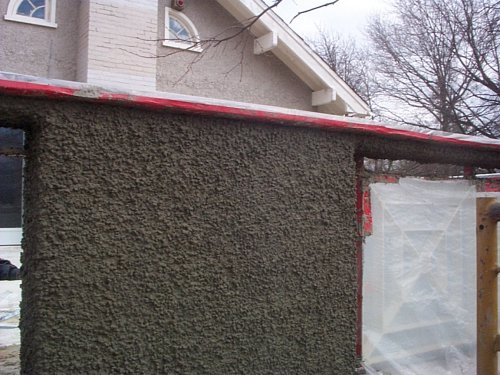
Finished panel matches the old house exactly. We sometimes have to screen the rocks to match the size. Here we lucked up and got an exact match. The old house had a lime and sand basecoat. The portland mix is probably 10 times harder.
Please don't listen to the Youtube trolls that left comments. A mortar mixer doesn't work for this. The rocks will sink and jam the blades. You will be lucky if you don't break the shaft. These rocks should be chopped a little at a time. If you make a mixer full of mortar it will be impossible to throw these on before the mortar sets up. Re tempering is expensive time wise and makes the finish look like hell.
People from other countries put in way too much lime or way too much sand because cement is expensive. Our product is so hard you can kick it and never damage the surface. Also, my method matches historic appearance. I have been doing this years before most of these trolls were born.